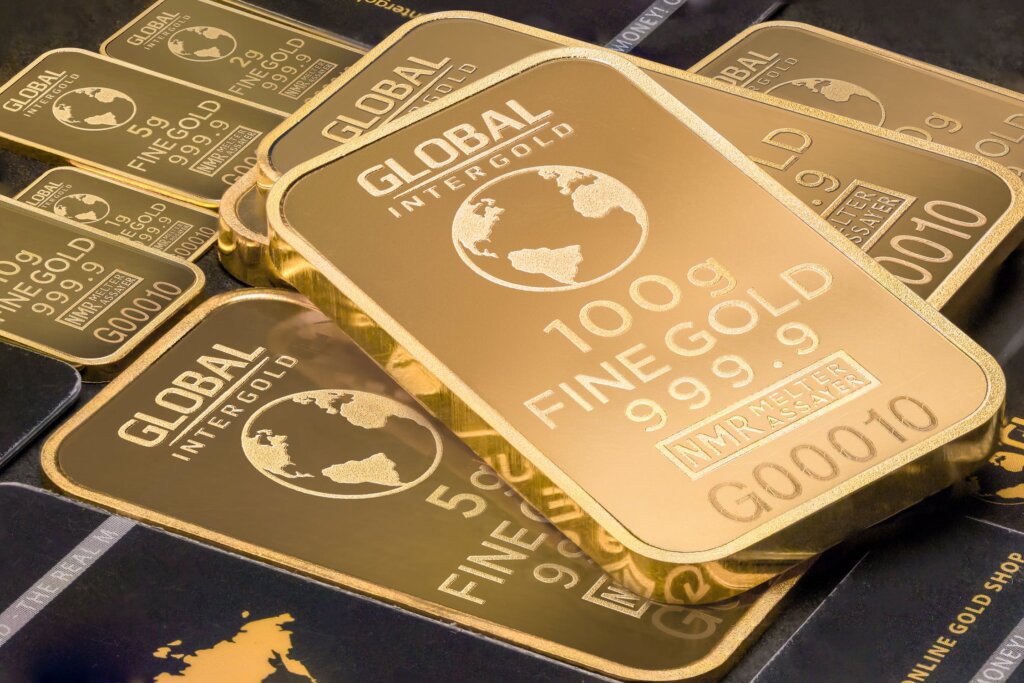Let’s face it. Migration or an overseas move requires money. Lots of it.
In the initial days, you will need funds for a car, furniture and household appliances, funds to cover day-to-day expenses until you land a job, and so on.
There are a few ways of moving funds to Australia.
- Cash & non-cash forms of money
- Telegraphic Transfer
- Other transfer methods: Western Union, Transferwise & OFX
Cash / Non-Cash Forms of Money
You may carry an unlimited amount of money into and out of Australia, provided you feel that it’s a physically safe means. However, be aware that you must declare cash in Australian and foreign currency if the combined value is A$10,000 or more, and you must declare non-cash forms of money (eg. money order, traveller’s cheques, etc.) when asked by an Australian Border Force or police officer during customs checks.

Telegraphic Transfer
It is possible to open a non-resident Australian bank account prior to arrival and then transfer the funds into the account prior to arrival. Another way is to open a bank account (as a resident) upon arrival, then transfer funds into the account. With internet banking, it is relatively fast and convenient to do telegraphic transfers. However, the foreign exchange rates may not be as favourable and telegraphic transfer fees are usually charged by the bank.
Usually if you do not have a Tax File Number (TFN), the bank will withhold taxes at 10%. However, this will be refunded by the bank into your account when you provide them with your TFN.

Other Methods: Western Union
Western Union is an American worldwide financial services and communications company, headquartered in Denver, Colorado.
Money can be sent online or in person at Western Union agent locations. Cash can be collected in person at any other Western Union agent location worldwide by providing the 10-digit MTCN (money Transfer Control Number) and identification. In some cases, a secret question and answer can be used instead of identification.
More information on how Western Union works: https://www.westernunion.com/au/en/receive-money.html
Other Methods: Transferwise
A popular method that is currently used is Transferwise. TransferWise is a London-based online money transfer service founded in January 2011. The company supports more than 750 currency routes across the world including GBP, USD, EUR, AUD and CAD, and provides multi-currency accounts.

More information on how Transferwise works:
https://transferwise.com/au/multi-currency-account/#borderless-explainer-video
Other Methods: OFX
OFX, previously known as OzForex is an Australian online foreign exchange and payments company with headquarters in Sydney. It was founded in 1998. The company provides money transfer services to Travelex, MoneyGram, Xero, ING Direct, and Macquarie International Money Transfers as well as individuals such as migrants and expatriates and small businesses.
More information on how OFX works: https://www.ofx.com/en-au/
Other Methods: Xe.com
Xe.com (Xe) is a Canada-based online foreign exchange tools and services company headquartered in Newmarket, Ontario. It is best known for its online currency converter application offers exchange rate information, international money transfers, and other currency-related services via its website, mobile apps, and other online channels.
More information on how Xe.com works:
https://www.xe.com/moneytransfer/us/online-international-money-transfers/awin-us?cmpid=aff:pm:nam:awin:prosp:campgen&awc=6311_1603779908_518802f4b87aa4f53639ad43bd88cc0f&dfxid=107786
Large Transfers into Australia are Monitored
Be aware that large transfers of funds into Australia are monitored. This is done by a regulatory body known as AUSTRAC (Australian Transaction Reports and Analysis Centre), which collects data on all cash transfers that exceed $10,000. This is to help prevent money laundering or terrorism.
Australian law requires banks and money transfer companies to report personal, identifiable information, which can include the following:
- Your name and contact information.
- The name and contact information of the person who sent you the money.
- If it’s a bank transfer, the financial details of the recipient, including SWIFT code.
- Your banking details, including your bank account number.
- The amount you received.
- If you’re sending money on behalf of a company, details of the business, including your employment and its Australian Business Number (ABN).
If you are regularly sending small sums below $10K, banks and money transfer companies may treat these multiple transactions as a single reportable transaction, especially if they happen in quick succession.
Usually transfers of funds into Australia do not raise red flags or cause issues. However, you must be prepared to provide proof of the source of funds upon questioning by the relevant authorities.
Disclaimer: Links to various service providers on this website are just for information/illustration purposes. ‘Life in Melbourne’ has no affiliations with any of these service providers. We do not expressly recommend that you engage these service providers, and suggest that you perform your own research and due diligence.














